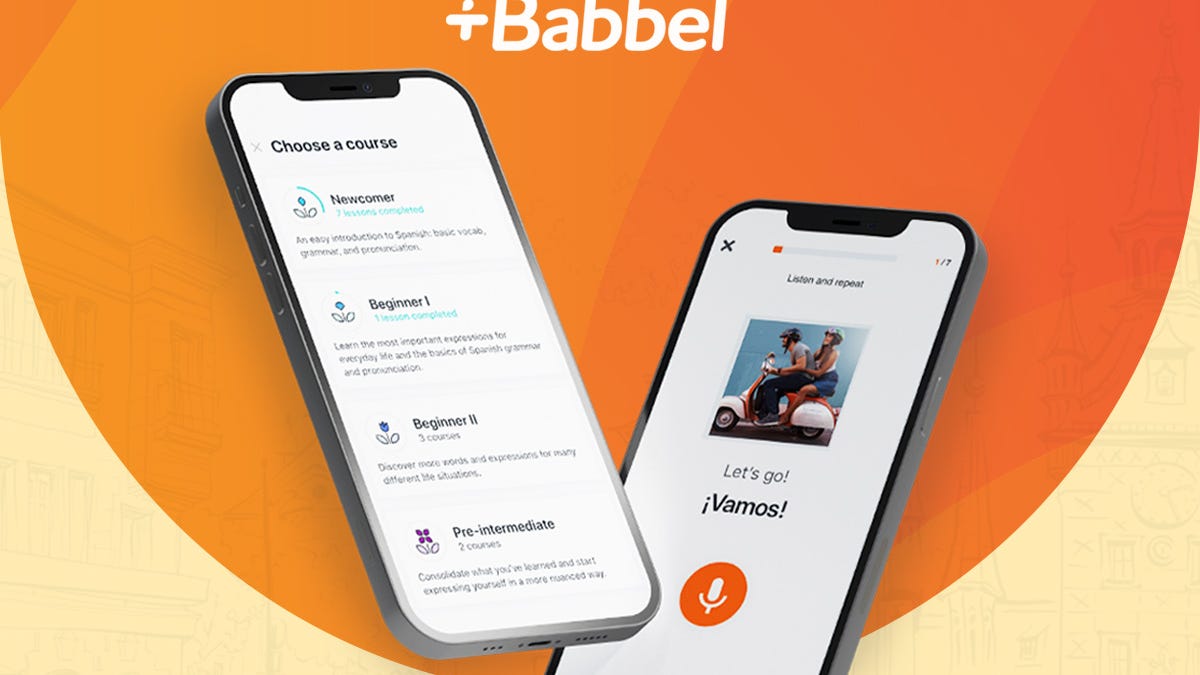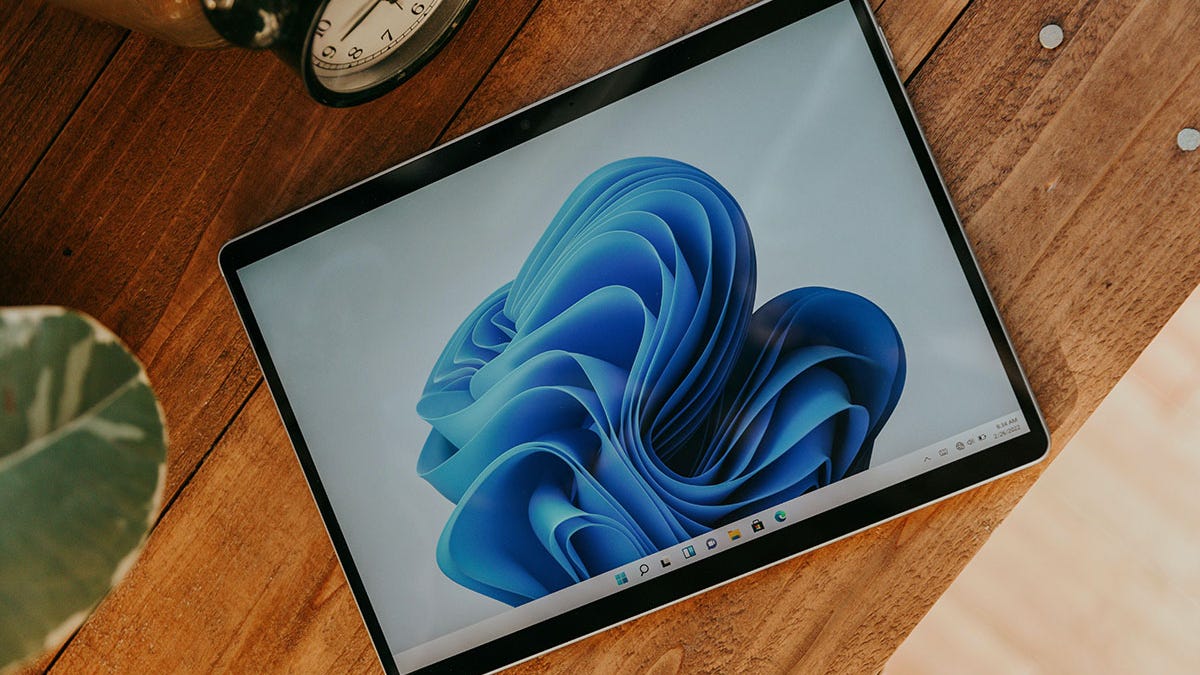BOOK THIS SPACE FOR AD
ARTICLE ADAfter 27 years as Microsoft's Windows web browser, Internet Explorer (IE) is no longer supported. But that doesn't mean the legacy Windows browser isn't still in use, and despite years of warning it seems there are people that aren't ready for the change.
It's been just over a year since Microsoft announced it would drop support for IE on June 15, 2022. Since then it has been persuading customers to move to Edge before June 15 and use 'IE mode' in Edge for legacy applications and websites that need it. IE mode will be supported until at least 2029.
Microsoft has tried to prepare customers for this event for years. In 2019, before it declared the end date for IE, Microsoft execs declared IE 11 a "compatibility solution" that should not be used as the default browser.
That's because Microsoft is well aware of how long it can take to wean users off a major version of a browser. The company retired IE6 in 2014, 14 years after that browser shipped with Windows XP, with a final patch for IE6 in January 2016. But it spent many years before that imploring businesses to ditch IE6 because of its outdated security design.
IE7 succeeded IE6 in 2006, but so many companies continued using it that in 2009 Microsoft created a "Friends don't let friends use IE6" campaign due to critical flaws affecting only IE6. In 2011 it launched an IE 6 countdown page to observe usage drop to below 1% worldwide. (In China, IE6 usage was still at 34% at the time).
Things are different now due to Google Chrome's dominance among desktop browsers, but as enterprise IT management firm Lansweeper noted recently, some 46% of Windows 10 devices used by its enterprise customers "could be affected" by the IE11's June 15 retirement. That is, if they haven't deployed Microsoft's Chromium-based Edge or Google's Chrome.
Affected releases of Windows 10 include the most current version 21H2, as well as 21H1, and 20H2.
Some geographies might be more affected by IE too. Nikkei Asia reports that 49% of enterprise respondents surveyed in Japan this March were still using IE. Surprisingly, over 20% of them didn't know how to move to other browsers after the cut-off date.
Microsoft has now posted a blog in English, Japanese and Korean to explain to Windows 10 users what to expect after June 15.
Windows 10 users still using IE 11 will soon see a message from Microsoft stating that "The future of Internet Explorer is in Microsoft Edge", which kicks off the process of using IE mode within Edge.
Sites that require IE can be reloaded with IE mode in Edge, according to Microsoft. Users need to select "Continue" to see the site in Edge, which automatically imports favorites, passwords, history, cookies, and other browser data from IE.
This migration to Edge will happen over the next few months after which it will release an update through Windows Update that removes IE11, according to Microsoft.
"Over the next few months, opening Internet Explorer will progressively redirect users to our new modern browser, Microsoft Edge with IE mode," explains Sean Lyndersay, general manager for Microsoft Edge enterprise.
"Users will still see the Internet Explorer icon on their devices (such as on the taskbar or in the Start menu) but if they click to open Internet Explorer, Microsoft Edge will open instead with easy access to IE mode. Eventually, Internet Explorer will be disabled permanently as part of a future Windows Update, at which point the Internet Explorer icons on users' devices will be removed."
The redirection process adds a "Reload in IE mode" button in the Edge toolbar. Users can click it to open a legacy page in IE mode. Edge also asks the user if they'd like to open that page in IE mode next time automatically.
To ease users towards the 2029 end of life for IE mode, Edge asks the user every 30 days to see if they still need IE mode for the site.
Lyndersay explains how IE support will end in line with specific versions of Windows 10. IE11 has already been removed from Windows 11. While IE11 support ends today, its removal will be gradual, with users gradually redirected to Edge over the next few months. Microsoft has a different schedule for critical Windows enterprise environments.
"Today's retirement covers all currently supported versions of Windows 10 Home, Pro, Enterprise, Edu and IoT (Internet Explorer is already removed from Windows 11). Internet Explorer will not be immediately removed on all these versions today but will be progressively redirected to Microsoft Edge on all these devices over the next few months (just like for everyday users) to give our customers time to find any sites they potentially missed and complete their transition. After this redirection phase, Internet Explorer will be permanently disabled on devices via a future Windows Update," explains Lyndersay.
"For certain versions of Windows currently in-support and used in critical environments, we will continue to support Internet Explorer on those versions until they go out of support. These include all currently in-support Windows 10 LTSC releases (including IoT) and all Windows Server versions, as well as Windows 10 China Government Edition, Windows 8.1, and Windows 7 with Extended Security Updates (ESUs). Future versions of these editions will not include Internet Explorer. Developers who rely on the underlying MSHTML (Trident) platform and COM controls on Windows will also continue to be supported on all Windows platforms."
.png)
 2 years ago
304
2 years ago
304 














 Bengali (Bangladesh) ·
Bengali (Bangladesh) ·  English (United States) ·
English (United States) ·